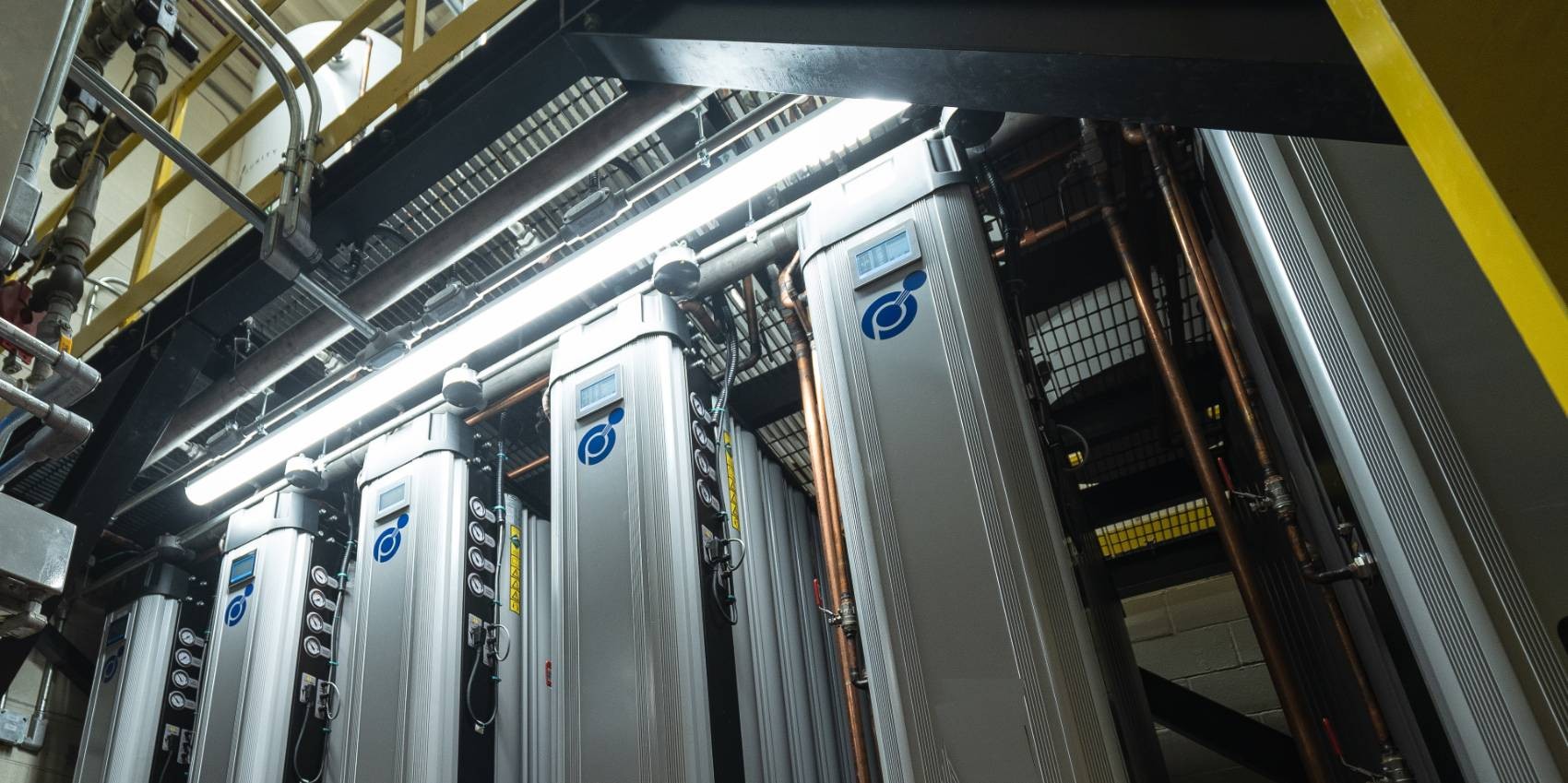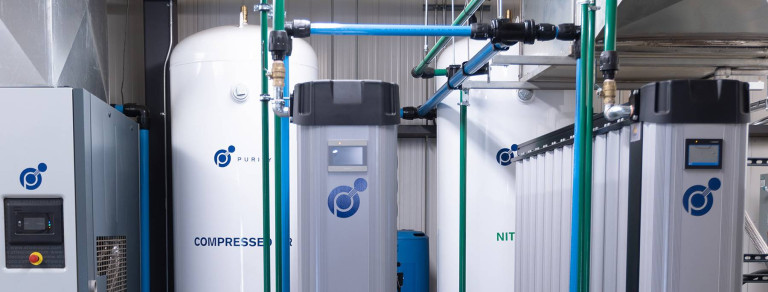The Challenge: Managing a Large and Inefficient System That Can't Be Expanded
In 2017, we were connected with a multi-national food and beverage producer who had been using a nitrogen generator for 15 years (yes, 15 years! An early adopter and way ahead of the curve!). The system was approaching the end of its life and would soon require replacement. In addition, after 15 years of growth, the nitrogen generation system was undersized for today’s production. The plant needed to supplement its nitrogen generation system with costly liquid nitrogen from a third party during peak demand. However, during reduced-demand periods, the nitrogen generation system could satisfy production, but it was very inefficient under part-load conditions. The system used a tremendous amount of energy relative to the volume of nitrogen produced when not running at its total capacity. As the client evaluated technology solutions, they challenged us with three primary objectives.
- Determine and size a system large enough to meet the peak production demand to eliminate all liquid nitrogen use.
- Utilize the same room currently housing the undersized twin tower nitrogen generator, which occupies the entire space.
Improve the overall efficiency of the system.
- The efficiency of a nitrogen generation system is measured by its compressed air to nitrogen ratio – how many units of compressed air are required to produce one unit of compressed nitrogen. Generally speaking, the lower the ratio, the more cost-efficient the system runs.
Rarely do we get the chance to work with clients who are already using nitrogen generation technology, and we tip our cap to those of you who are. Most of our projects consist of high-volume nitrogen users keen to eliminate costly third-party nitrogen delivery services and take complete control of their nitrogen supply. For the most part, our clients are first-time nitrogen generation system buyers seeking a specialist to help guide their journey to increased profitability and nitrogen gas freedom.
Our Approach: "You Can't Manage What You Don't Measure"
“You can’t manage what you don’t measure” is an adage we live and die by. In a world of data and analytics, there is no excuse for subjective compromise in a highly technical industry. We conducted a comprehensive engineering study of the existing nitrogen generation system to tackle all three objectives. We also measured the supplementary liquid nitrogen supply to ensure total nitrogen demand visibility. Our engineering team also analyzed how the nitrogen was used on the production floor.
Engineering Study Results
Once we collected the data and completed the engineering study, the baseline report revealed that the current nitrogen system was undersized by approximately 75%, relative to the plant’s peak demand. All nitrogen requirements above 26% of peak production were supplemented by expensive liquid nitrogen from a third party.
With the new peak demand numbers identified, we determined that installing a larger twin tower nitrogen generator would not be possible without significant construction (and cost) to the building. The client would require a modern and dynamic system design to utilize the existing room.
Lastly, we determined that the twin tower nitrogen generator was inefficient as production fluctuated. We identified that the equipment was running as efficiently as specified under full load conditions (100% capacity utilization). However, during part load (99% utilization and under), the target compressed air to nitrogen ratio would fall drastically, and the system was using far more energy than required. Some days, the nitrogen generator was using twice the electricity needed because the twin tower design could not scale its energy usage when not utilized to its full potential. The inefficiency of the nitrogen generator was simply due to its design, which is better suited for applications with a stable and unvarying flow profile.
Next Steps
Using the study, the Purity Gas Engineering team developed a performance model that separated a single large twin tower nitrogen generator into an agile system consisting of 6 modular nitrogen generators that would work as a cohesive unit during peak production and anywhere in-between. The comparative data showed that as a result, the entire system (four times larger!) could be installed in the same overcrowded room that was currently housing the undersized twin tower system. In addition, we designed the 6 module system so that modules would activate and deactivate to scale with production demands. This design philosophy ensures that energy is conserved and never wasted during low-demand periods. Unneeded nitrogen generator modules would enter an energy-saving economy mode and stop using power when not required. As production and flow requirements increased, the modules would awaken independently to join the system for duty, ensuring optimum system efficiency.
Additional Incentives For Modular Nitrogen Generators
Our performance model showed significant energy savings by switching to modular design theory that it became eligible for a considerable energy reduction incentive through the local electricity provider. An independent engineering firm specializing in industrial energy management completed the stringent measurement and verification process before and after the system replacement to validate the savings and claims. This process provided a secondary analysis of the project to substantiate the gains and provide a financial incentive for using less energy. It was a pioneering validation for modular nitrogen generation and the first energy reduction incentive of its kind.
%
Cost Reduction
years
Payback Period
tC02
Eliminated Annually
Case Summary: A Big Win For A Nitrogen User Who Was Already Winning!
Financial And Environmental Gains By Switching To Modular Nitrogen Generators:
Additional Operational Gains:
Modular System Design & Supply, Installation, Commissioning and Project Management by Purity Gas Inc.
Contact us to learn more about how nitrogen gas generation can contribute to your financial, operational and sustainability initiatives.
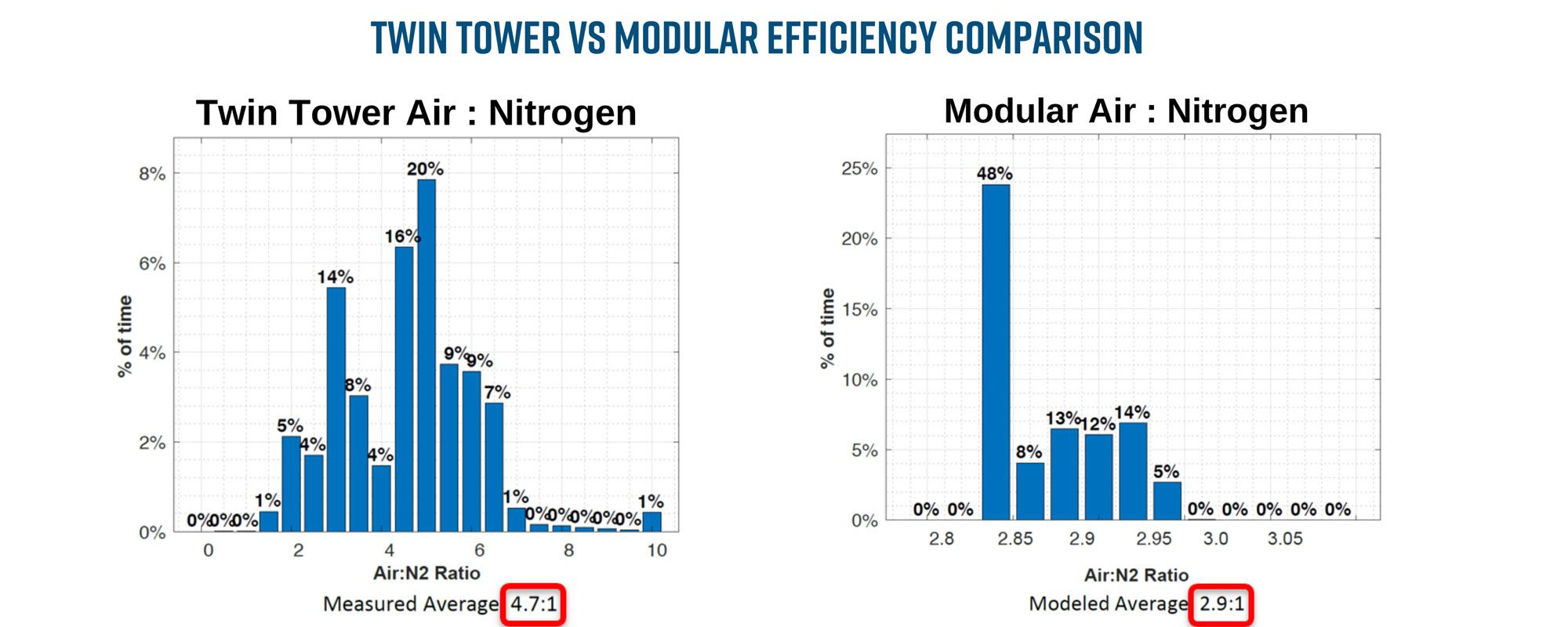
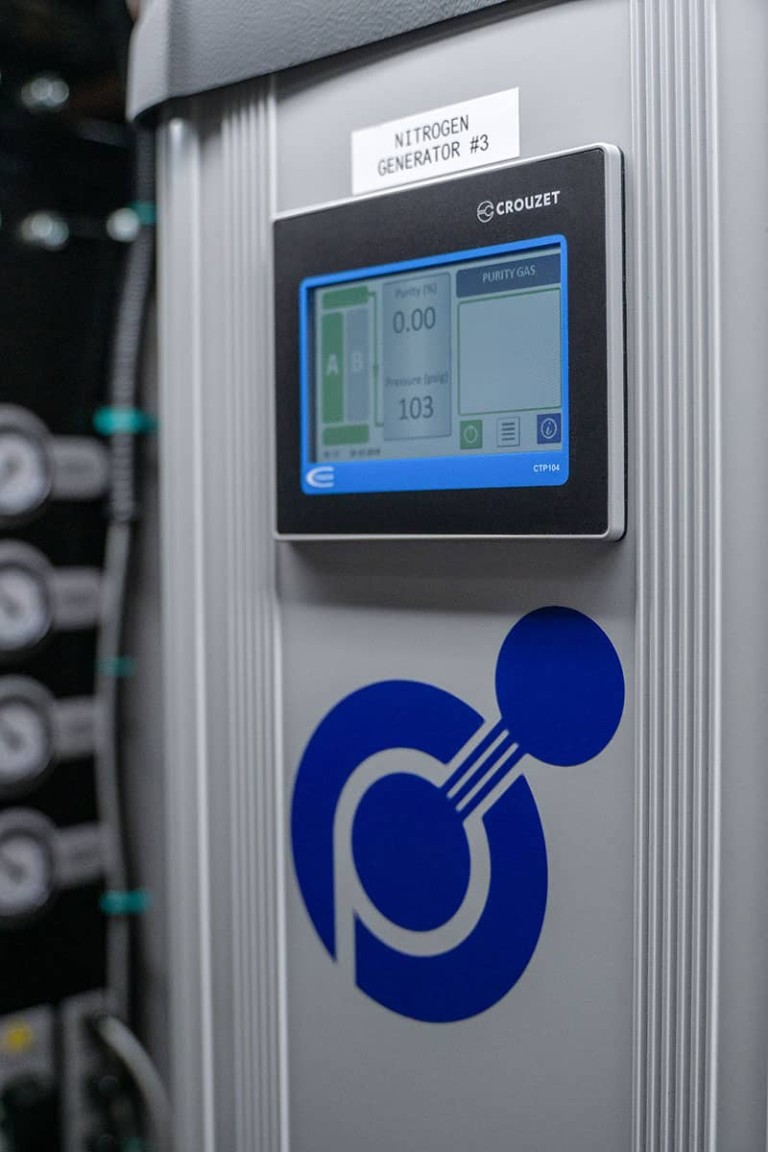
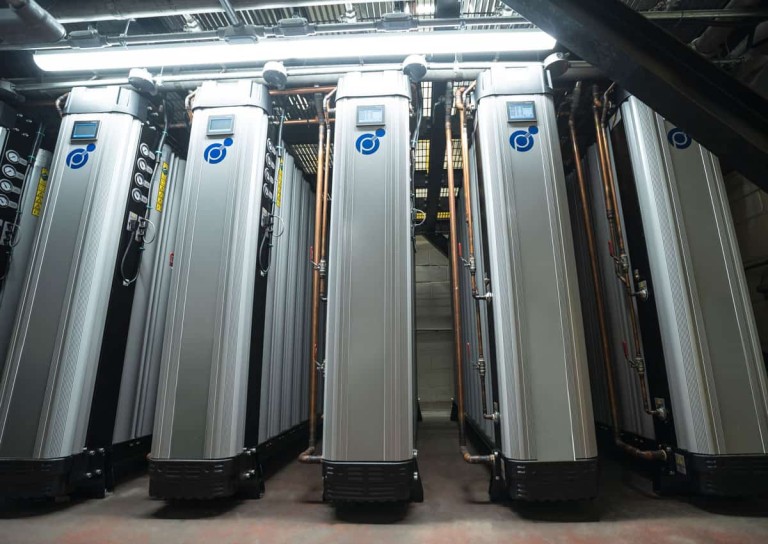
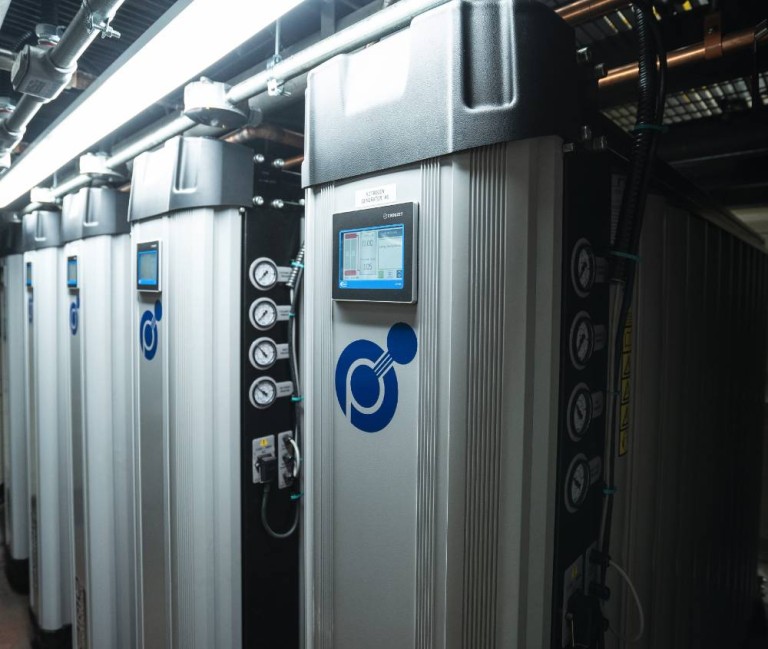
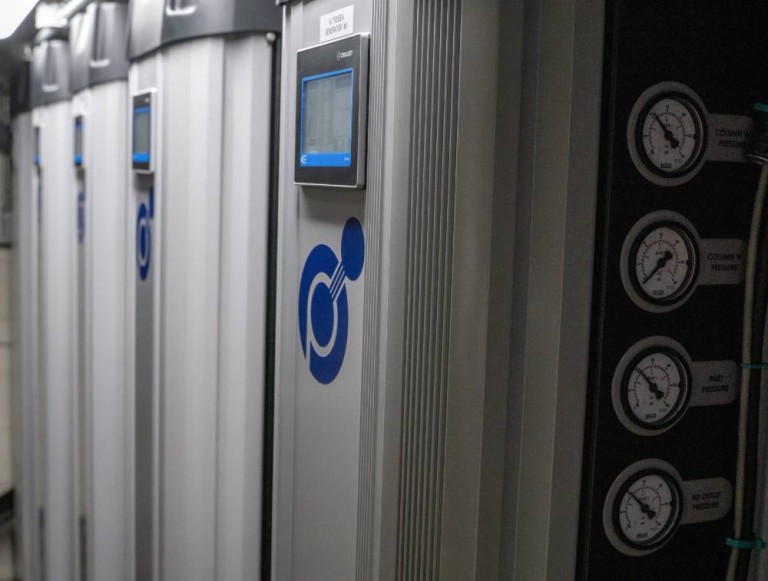
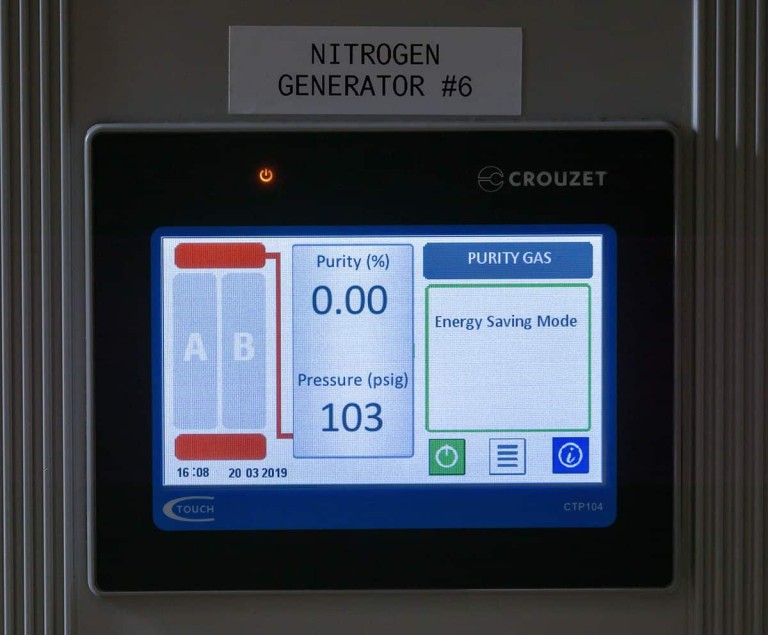
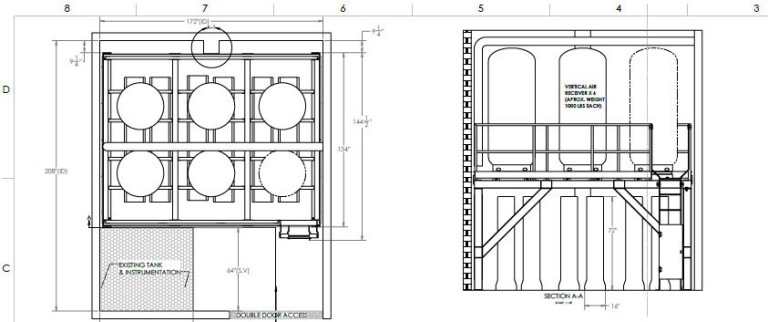
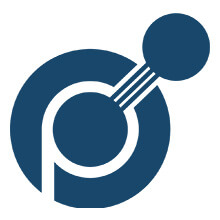 by Purity Gas Inc.
by Purity Gas Inc.